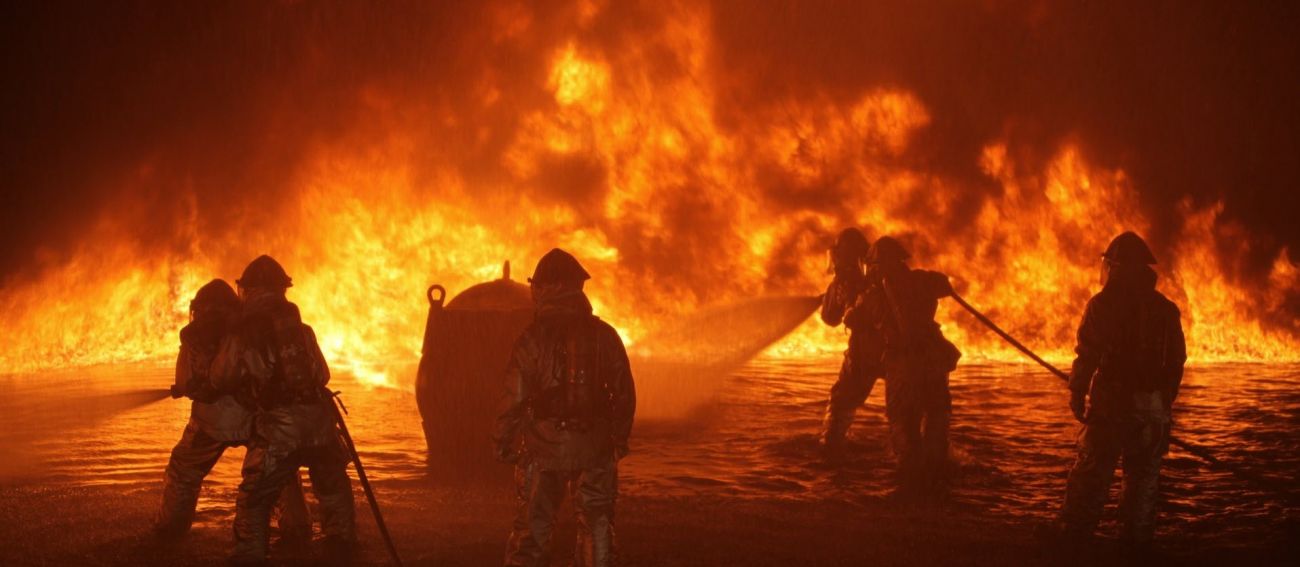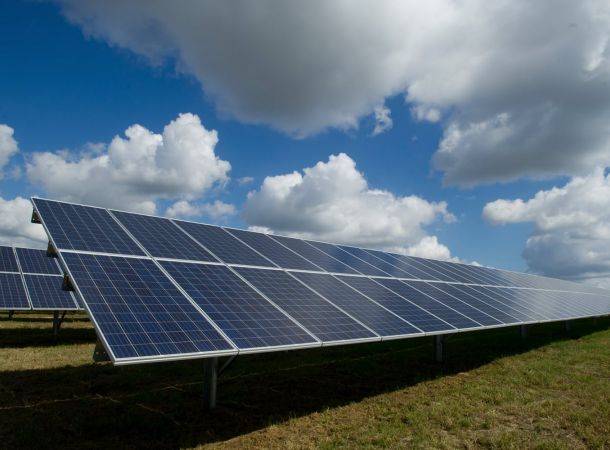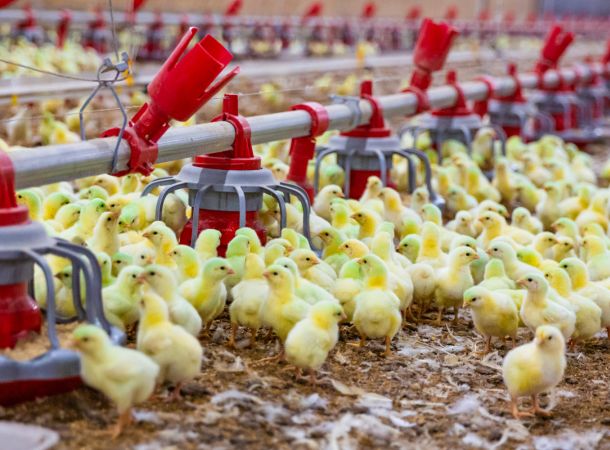Impact of Western Wildfires on Livestock

First Financial Bank
The winds that blow across your property also help carry wildfires and affect your farming and ranching operations. For farmers and ranchers, your land is a source of revenue. Not only is a home potentially lost, but also your livelihood. Unfortunately, in recent years the headlines have carried news of the wide-spread devastation of wildfires on farming and ranching operations.
According to a 2020 report from the US Department of Agriculture, wildfires across the country had already destroyed an estimated 6.9 million acres of land. Large farm and ranch operations not only suffer an immediate impact of fires, but it can also take years to rehabilitate the land to once again support crops and livestock.
How Do Wildfires Impact Livestock?
Like humans and other mammals, livestock can be physically affected by wildfires. The negative impact may include injuries while fleeing from the fire, burns, and medical conditions related to inhaling wildfire smoke. Researchers at the National Library of Medicine found that livestock producers suffered direct losses caused by exposure to wildfires and smoke, including burns, burn-related deaths, and pneumonia. The study also found that wildfires led to indirect losses, such as reduced conception rates, lower birth weights, and more unsuccessful births. Dairy producers noted a reduction in milk production, as well. Many of these injuries can be easily detected, but not all. Some effects of wildfires on livestock may not show symptoms until months or even years later. If you suspect that your livestock has suffered injuries from wildfires or need advice on specific signs to monitor, speak with a veterinarian who specializes in large animals and livestock.
Substances Found in Wildfire Smoke
At times, weather patterns across the US may carry smoke even further than usual from west coast wildfires across the country to the Midwest or East. As a result, livestock at a distance from the fires may still be affected by the particulates in the air. The particulates in wildfire smoke may measure just one micron, a miniscule size that allows them to easily pass into the deepest parts of the lungs.
Wildfire smoke contains a combination of substances that is harmful to humans and livestock alike, such as:
- Ash and soot
- Harmful gasses, such as carbon monoxide, nitrogen oxide, and carbon dioxide
- Hydrocarbons
- Trace minerals
Signs of Wildfire Injuries in Livestock
An animal that is injured during a wildfire may or may not show obvious signs of injury, so it’s important to keep an eye on your livestock. The most obvious sign of a wildfire injury is a burn on the face or body. Also look for signs of problems with walking. The animal may have an injury, such as a sprain or broken bone, or the hooves may have been burned. Injured animals may go through shock, so watch for any unusual behavior, such as lying on the ground, tremors, salivating, or appearing confused. Livestock animals that are in shock may also separate from the main group, and the animals may not eat or drink. Livestock are also vulnerable to smoke inhalation, and may appear to be coughing or gagging, difficulty breathing or nasal discharge.

How Smoke Affects Livestock
The composition of smoke from western wildfires depends on the characteristics of burning materials, terrain features, and behavior of the fire. The concentration of smoke from a western wildfire varies constantly, and even satellite images of the smoke trail may not be a good indicator of smoke levels in a specific area. According to the US Environmental Protection Agency, wildfire smoke may cause medical concerns that range from mild lung irritation to permanent damage. Livestock is more likely to be affected by lung issues because the animals are outdoors more often than humans. You may also notice other signs that smoke in the air is affecting your livestock, such as nasal discharge, sneezing, and irritated eyes. Animals tend to move away from anything that disturbs them, so the herd may move to a part of your land that is furthest from the smoke.
Protecting Livestock from Smoke
Fire and smoke maps with wildfire activity and risk are available online and updated regularly. During fire season, check the air quality at least three times per day – morning, afternoon, and evening. Look to the horizon to see if you notice any smoke in the air. Some recommendations from the American Veterinary Medicine Association (AVMA):
- When there is visible smoke in the air and smoke event maps indicate poor air quality, minimize the movement of your livestock.
- Keep fresh water near feeding areas, as this helps keep the animals hydrated. Moisture in the sinuses and lungs helps to remove harmful particulates.
- Take steps to reduce any other airborne particles near the animals, such as dust. Feed a diet that is low in dust, and water down any holding areas.
- The idea is to minimize any other factors that may cause sinus and lung irritation so the animals’ bodies can focus on removing smoke particulates in the air.
Treating Livestock for Wildfire Smoke Injuries
If you have individual animals that are showing signs of smoke inhalation injuries, such as coughing and trouble breathing, contact a veterinarian right away. Damage to the lungs and airways may take up to six months to resolve. The veterinarian can help you assess what the recovery expectations are, including prescribing some medications to help the animal breathe easier and heal. The vet will also monitor for signs of bacterial infections and other issues that are secondary to the smoke inhalation.
Have a Plan
As part of your operation’s emergency contingency plan, you should have an evacuation plan for you, your family, your workers – and your livestock. With a large herd that is stressed, moving them will be even more challenging than usual. With solid planning and training your workers ahead of time on what to expect, you can better protect more of your investment from the effects of the fire.
In addition to an evacuation plan, you also need to plan to mitigate your risk in other ways, including planning for changes in market conditions due to the fires. Though some impact will be apparent shortly after the passing of the fire, including immediate losses of animals, it can take months or even years to measure the full extent of the damage. You’ll want to work with your trusted team of advisors to both plan in advance “just in case” the worst happens – and for support if it does. This team should include your insurance agent/broker, your lender and your tax specialist.
Resources for Farms and Ranches Affected by Wildfires
If your farm or ranch has been affected by wildfires, either by loss of livestock, damage to equipment, or degradation of the land, there are some resources available to help you recover. By having a plan, and being ready to take steps to protect and care for your livestock during wildfire season, you may be able to mitigate the risk to your operations.

When Refinancing Poultry Debt Makes Sense

Solving the Puzzle of Poultry Farm Financing


